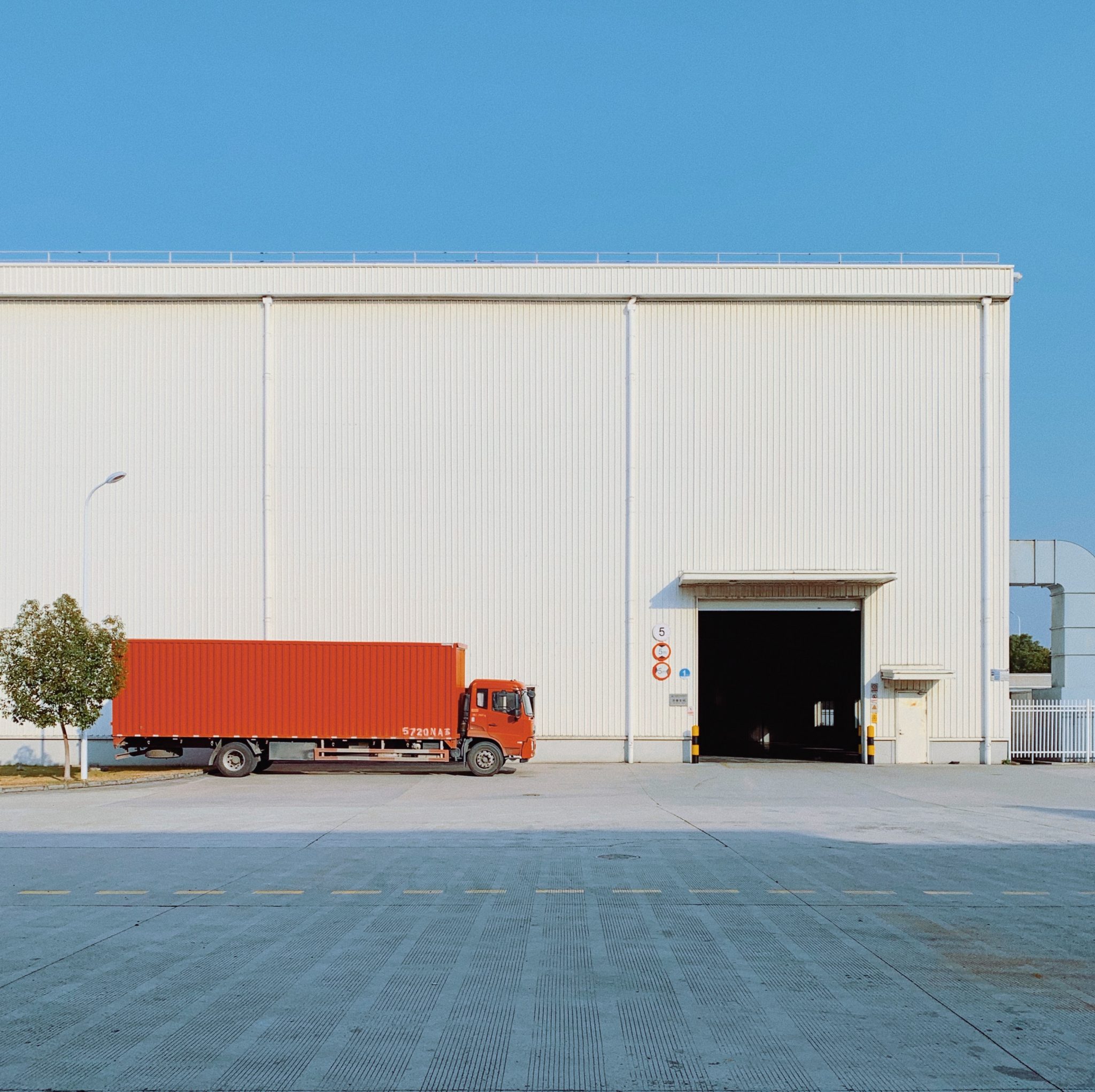In the intricate dance of architecture and functionality, few elements play as crucial a role as the roof atop commercial properties. Beyond its sheltering function, the style and design of a roof can significantly impact a building’s aesthetics, energy efficiency, and overall durability. In this comprehensive guide, we will delve deep into the intricacies of various roof styles, providing valuable insights for commercial property owners aiming to make judicious decisions about their roofing solutions.
Flat Roofs: Modern Elegance and Practicality
Flat roofs, with their contemporary allure, have become a hallmark of modern commercial architecture. The clean, sleek lines not only exude a sense of sophistication but also offer practical advantages. One of the key benefits of flat roofs is their efficient use of space, making them ideal for housing HVAC units, solar panels, and other equipment. However, the flatness that contributes to their modern appeal also requires careful consideration of drainage to prevent water pooling. Regular maintenance, along with the use of quality materials, becomes paramount to ensure the longevity of flat roofs in the face of varying weather conditions. If you plan on re-roofing your commercial property with a flat roof, it is essential to consult with professionals. They can guide you in selecting the right materials and provide efficient installation services.
Sloped Roofs: Traditional Charm and Water Drainage
Sloped roofs, in their various styles such as gable, hip, and mansard, bring forth a timeless charm that has graced commercial architecture for centuries. Beyond aesthetics, one of the primary advantages of sloped roofs lies in their effective water drainage. The angle of the roof aids in preventing water accumulation, reducing the risk of leaks and water-related damage. Additionally, sloped roofs provide ample attic space, allowing for better insulation and ventilation. However, the choice of the specific sloped roof style should consider local weather conditions and the selection of durable materials capable of withstanding the elements.
Green Roofs: Sustainability in Commercial Spaces
In an era where environmental consciousness is paramount, green roofs have emerged as a beacon of sustainability in commercial architecture. By incorporating vegetation into the roofing structure, these roofs offer insulation benefits, reducing energy costs and contributing to improved air quality. Beyond their environmental advantages, green roofs create vibrant, aesthetically pleasing green spaces, enhancing the overall appeal of a commercial building. However, the installation of green roofs demands meticulous planning, including waterproofing measures, and ongoing maintenance to ensure the health of the vegetation and the structural integrity of the building.
Metal Roofs: Durability and Energy Efficiency
Metal roofs, with their robustness and energy-efficient properties, have become a popular choice for commercial properties. They boast the ability to withstand harsh weather conditions, including heavy snow, rain, and high winds, ensuring the longevity of the roofing system. The reflective surface of metal roofs aids in reducing heat absorption, contributing to lower energy bills over time. While the initial cost of installation may be higher compared to some other options, the long-term benefits make metal roofs a cost-effective choice for commercial property owners, providing a durable and energy-efficient solution.
TPO and PVC Roofs: Single-Ply Membrane Systems
TPO and PVC roofing systems stand out as reliable, single-ply membrane solutions for commercial buildings. Renowned for their durability, resistance to UV radiation, and flexibility, these roofs offer a streamlined installation process and low maintenance requirements. The reflective properties of TPO and PVC roofs contribute to energy efficiency by reducing heat absorption. Selecting high-quality materials and working with experienced contractors are crucial steps to ensure a seamless and watertight installation, maximizing the lifespan and performance of these roofing systems.
Slate Roofs: Timeless Elegance and Longevity
For commercial property owners seeking a blend of timeless elegance and unparalleled longevity, slate roofs emerge as a premium choice. The natural beauty of slate, coupled with its exceptional durability, makes it a preferred option for high-end commercial buildings. While the upfront cost is substantial, the longevity of slate roofs can outweigh the initial investment. Regular inspections and prompt repairs are essential to maximize the lifespan of a slate roof and preserve its aesthetic appeal, ensuring it remains a symbol of enduring refinement atop the commercial structure.
Composite Roofs: Versatility and Cost-Effectiveness
Composite roofs, crafted from a combination of materials such as asphalt, fiberglass, and recycled elements, offer versatility and cost-effectiveness for commercial properties. Available in various styles that mimic the appearance of more expensive materials like wood or slate, composite roofs strike a balance between aesthetics and affordability. Renowned for their durability and resistance to weather elements, composite roofs present a relatively lower installation cost. Regular inspections and proactive maintenance can further enhance their longevity, making them a practical and budget-conscious choice for commercial property owners looking for a reliable roofing solution.
In the ever-evolving landscape of commercial properties, the decisions surrounding roof styles transcend mere aesthetics. They encompass considerations of durability, energy efficiency, sustainability, and cost-effectiveness. By delving into the nuances of various roof styles, commercial property owners gain the knowledge needed to make informed decisions aligned with their priorities and long-term goals. Whether opting for the modern elegance of flat roofs, the timeless charm of sloped roofs, or the sustainability of green roofs, each choice carries its unique benefits and considerations. As the commercial property landscape continues to evolve, roofing decisions remain a pivotal factor, shaping not only the physical appearance but also the overall functionality and sustainability of these essential structures.


